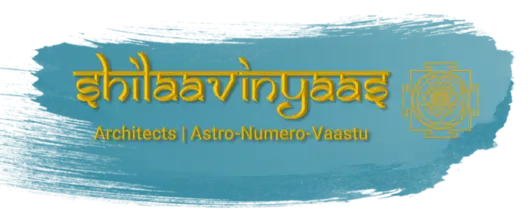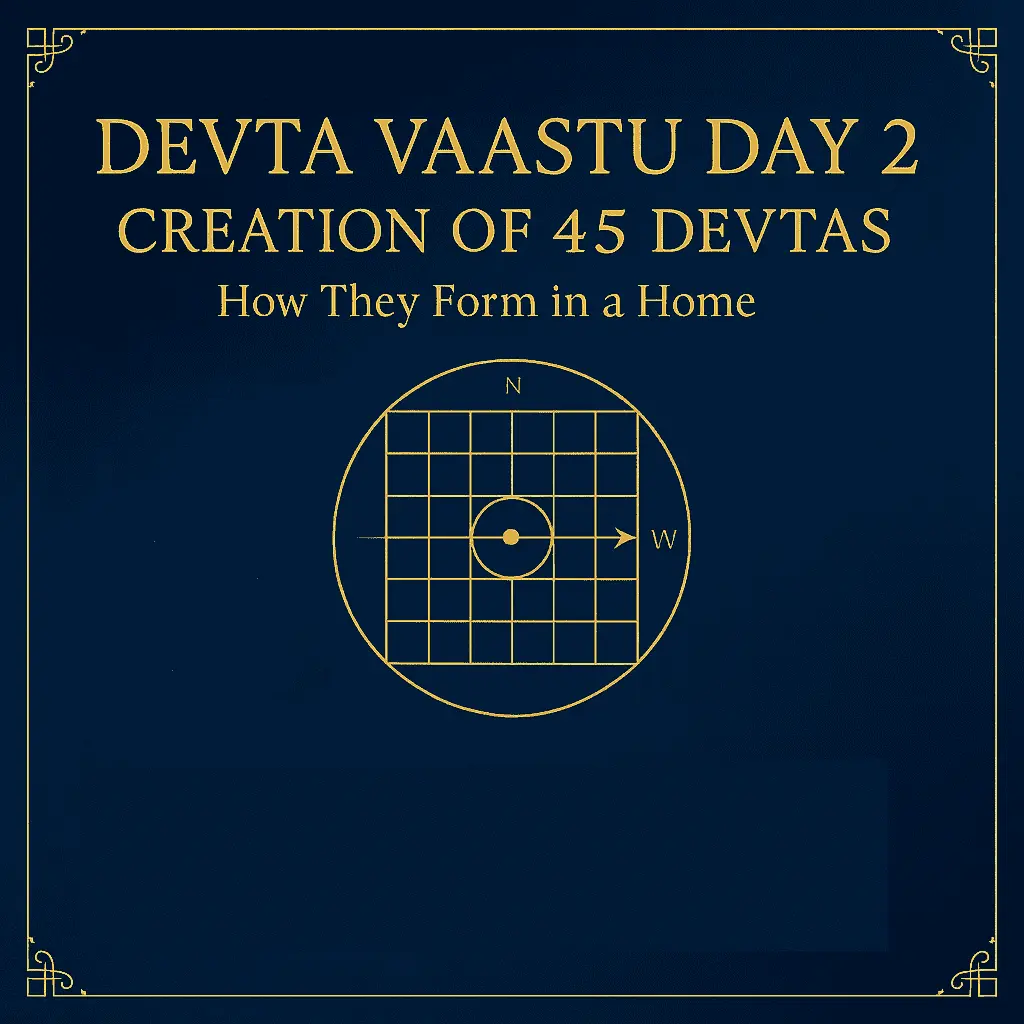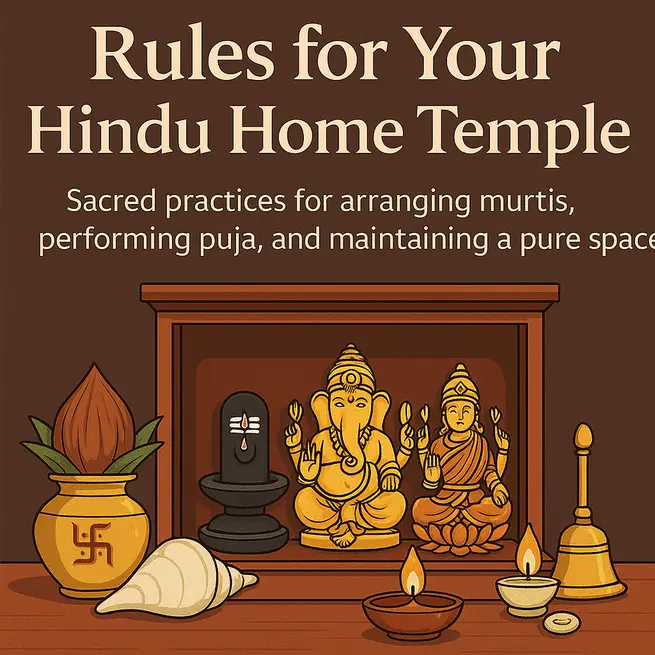What you’ll learn
The exact construction stages when Devtas activate (from Shilanyas to civil completion)
The NE → Center → SW energy logic (why clockwise = supportive, anti-clockwise = draining)
Brahmasthan do/don’t rules that prevent 80% of errors
A builder’s sequencing checklist (where to put material, which walls to raise first)
Five core Devtas (with symptoms + quick actions) and how their four diagonal extensions behave
Ready-to-use room-by-room audits and everyday remedies that don’t fight the elements
0) Quick recap of Day 1 (30 seconds)
Your home behaves like a living circuit. When energy travels NE → Center (Brahmasthan) → SW and redistributes clockwise, people sleep better, talk calmer, and get work done with less friction. If NE is blocked, Center is loaded, or SW is cut/open, the current short-circuits—you feel stuck, irritable, or perpetually “busy but unproductive.”
1) The activation timeline — when each set of Devtas “comes alive”
Stage 0 — Shilanyas / Puja (Site Activation)
Switches on the dormant Shiva–Shakti of the land.
Treat this as the ON button: schedule it before heavy work begins and keep the NE and Center clean on the same day.
Stage 1 — Plinth Level (ground to plinth)
Brahma manifests at the Center (Brahmasthan).
Common mistakes right here: burying “remedies,” placing heavy columns or sumps exactly at the center, or leaving debris stacked there.
Golden rule: keep the exact center open, clean, breathable. Don’t make it open-to-sky; just make it light and unobstructed within the envelope.
Stage 2 — Walls reach ~5–8 ft (Cardinal fields appear)
Four foundational Devtas wake up on the cardinals and govern most day-to-day outcomes:
Bhudhara (North) — Manifestation & task mastery
Aryama (East) — Connection, reach, first contact
Vivasvan (South) — Operational heat, execution rhythm
Mitra (West) — Trust, retention, teamwork
Practically: if these four are balanced early, the project tends to stay on time and relationships stay cooperative.
Stage 3 — Walls fully complete (before roof) (Diagonal extensions)
Each cardinal extends to a diagonal, shaping behavior at corners and at typical entrance zones:
NE = extension of Bhudhara (ideas → tangible progress)
SE = extension of Aryama (visibility, outreach, beginnings)
SW = extension of Vivasvan (stability of results, stamina)
NW = extension of Mitra (agreements, harmony, long-term fit)
Stage 4 — Roof cast (+16 fields)
Casting the slab ties the circuit; sixteen more functional fields switch on (you’ll feel momentum, easier scheduling, and fewer ad-hoc fights when NE–Center–SW is already in discipline).
Stage 5 — Civil completion (plaster, etc.) (+16 fields → total 45 Devtas)
By the end of civil work, the full 45-Devtas grid is alive (5 core → +8 extensions → +32 outer). This is the right time to do fine-tuning and entrance selection, not earlier.
2) The Brahmasthan rulebook (pin this near your drawing board)
Do
Mark the exact center on drawings and on site (chalk/tape).
Keep it open, bright, and breathable—no pits, tanks, heavy cupboards, or fixed partitions.
If temporarily under load, park a copper turtlenear (not on) the exact point; keep a small bowl of yellow mustard for a few days to “kickstart” movement—then remove.
Don’t
No “implanting” pyramids/gadgets in the soil at the center.
No open-to-sky courtyards at the exact center (energy escapes).
No fixed beams slashing the exact center; if unavoidable, keep the floor zone light and clear.
3) NE–Center–SW: your 3-point health check (use weekly)
NE (Source): uncluttered, cool-toned, no heavy reds.
Center (Processor): open, circulating air, no junk.
SW (Accumulator): the “battery”—solid, slightly heavier, not cut or hollow.
If SW is open or weak, clockwise circulation fails even if NE looks pretty.
4) Builder’s sequencing (prevents stoppages and cost overruns)
Load S/W first; keep N/E lighter during build.
Store material in South/West zones; keep NE + Center clean.
Avoid raising N/E walls higher first while S/W lags—this pattern correlates with delays and repeated rework.
Before roof casting, re-audit NE–Center–SW. A clean triad → a smoother slab day.
5) The first five fields in depth — symptoms & simple actions
1) Brahma (Center) — idea spark & new starts
When weak: project stalls after plinth, “nothing new happens,” creative fatigue.
Actions: daily 5–10 min seated practice (back straight, gaze gently upward to the brow), nadi-shodhana, keep the center open; copper turtle nearby for a short phase.
2) Bhudhara (North) — manifestation & karma
When weak: plans don’t turn into products; lots of effort, thin results.
Actions: keep North clean, straight pathways; avoid cluttered tall shelves. A small atta (wheat flour) bowl works as an earthy activator here.
3) Aryama (East) — connection & growth
When weak: built the product but no reach—poor marketing, weak networking, low invitations.
Actions: brighten East (daylight, mirrors with care), declutter; offer jaggery/chocolates near the entrance/host zone to soften first contact (hospitality logic).
4) Vivasvan (South) — operational heat
When weak: inconsistent execution, staff fatigues quickly, processes don’t “take heat.”
Actions: give South a purposeful use (kitchen/heat works well); avoid water bodies here during build; keep schedules visible (kanban/whiteboard).
5) Mitra (West) — trust & retention
When weak: partnerships break, customer stickiness low, team frictions repeat.
Actions: make West orderly and welcoming; keep long-term storage tidy; celebrate small wins here (gratitude wall, testimonials).
6) How to map and read entrances (outer ring of 32)
After civil completion, overlay your plan with a standard Devtas grid around the periphery.
Each entrance segment resonates with a Devta’s quality—some enhance start-ups & growth, others stabilize money, wisdom, or alliances.
Don’t over-treat: fix NE–Center–SW first. If you still see issues (e.g., great leads but poor conversions), choose the entrance segment whose Devta quality fills that gap (e.g., Mitra/Aryama for relationship & first-contact strength).
7) Room-by-room quick audits (5 minutes each)
Living / Reception
Keep East/North sides lighter; first-contact sweets near East table.
Avoid heavy red/black decor dominating NE.
Kitchen
SE is natural. If it’s elsewhere, correct with usage, colors, and airflow (not superstition).
Master Bedroom
Prefer SW; solid headboard against a solid wall.
Don’t make SW a void (cut corner, huge glass void, or large toilet core).
Study / Work Nook
Face East or North; ensure Center path is open for free movement of air/light.
Temple / Meditation
Quiet NE corner, soft lighting; keep the Center clear on the same axis.
8) Everyday practices that amplify Vaastu (science + spirit)
Breath & posture: 5–10 minutes of nadi-shodhana plus gentle ajna-focused sitting.
Declutter micro-bursts: 10 minutes post-dinner—clear horizontal surfaces first (dining, console, bedside).
Color sanity: default to light neutrals; add accents only where they don’t fight the zone’s element (e.g., avoid blue/black water tones in SE, avoid aggressive reds in NE).
Weekly NE–Center–SW reset: make it a family ritual—kids included.
9) FAQ (quick answers)
Q1. My 3BHK’s exact center falls in a passage. Is that okay?
Yes—light, open feel is what matters. Avoid fixed bulky storage or pits on the exact spot.
Q2. Can I keep a sky-open courtyard at the center?
Prefer not. Keep it open inside, not open-to-sky; otherwise energy escapes and circulation breaks.
Q3. Work always stops after plinth in my projects—why?
Most often the Brahmasthan was disturbed or NE–SW handling was off. Re-audit: clear NE, open Center, solidify SW; then proceed.
Q4. One “bad entrance” ruined everything—true?
Entrances matter, but the resultant flow matters more. Fix the triad first; use entrance tuning after basic flow works.
Leave a comment
Your email address will not be published. Email is optional. Required fields are marked *




